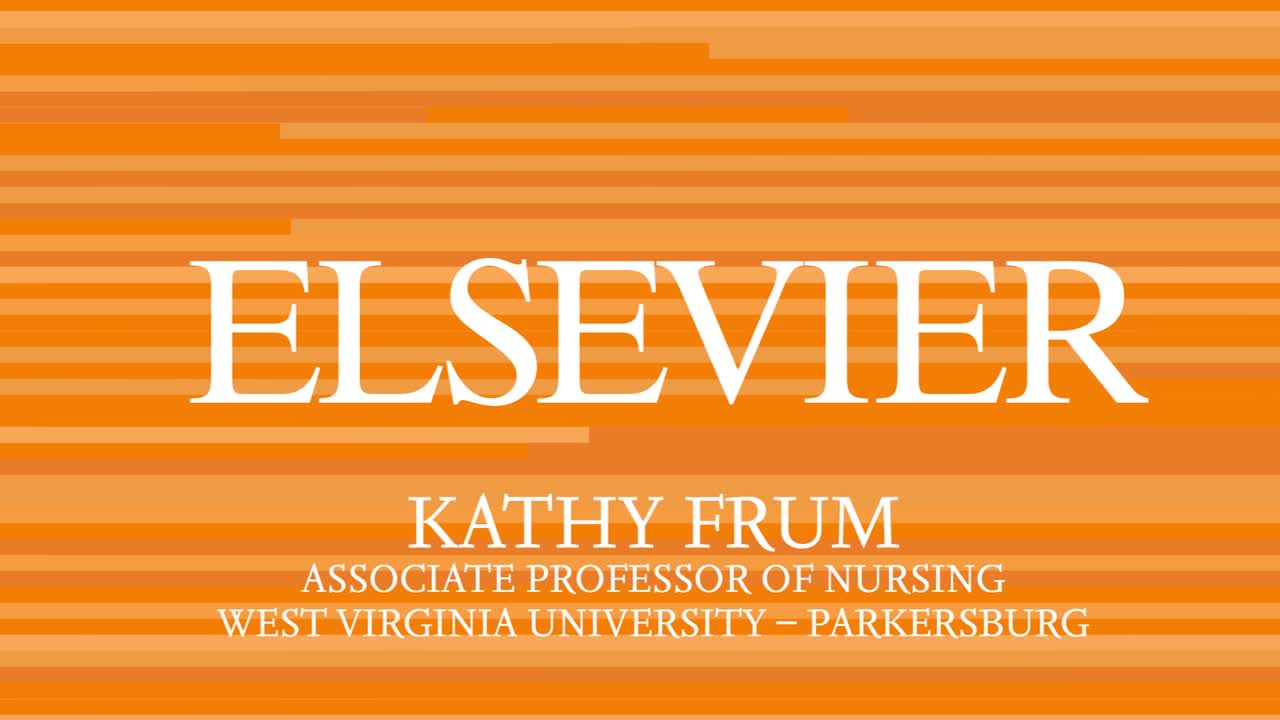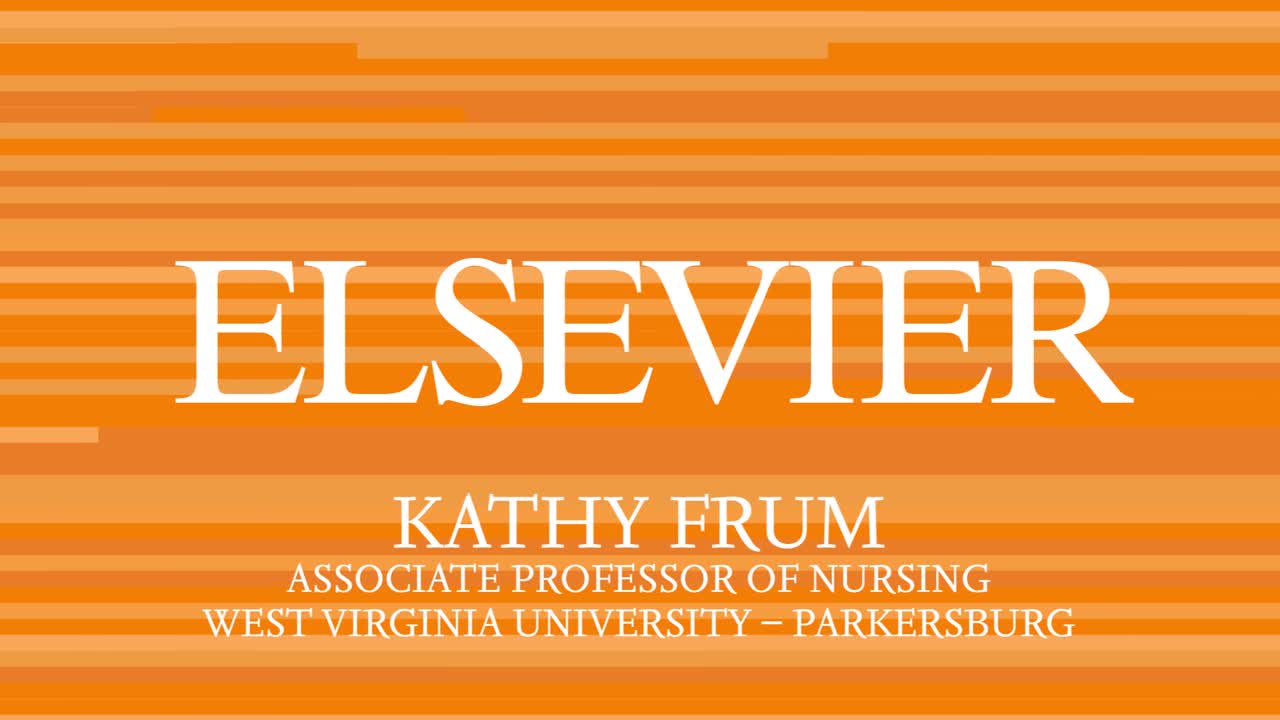
At-A-Glance Facts
Organization:
West Virginia University — Parkersburg offers an Associate of Applied Science degree in Nursing. Upon completion of the two-year program prepares students are eligible to apply for licensure as a registered nurse. The program is accredited by the Accreditation Commission for Education in Nursing (ACEN).
Details:
The university’s faculty discusses how switching to a concept-based curriculum stemming from Jean Giddens’ Concepts for Nursing Practice immediately improved the program’s pass rate — and the tools they continue to use to improve students’ learning.
Kathy Frum, Associate Professor of Nursing at West Virginia University-Parkersburg, discusses how switching to a concept-based curriculum improved her program’s pass rate — and what tools she continues to use to improve her students’ learning.

Kathy Frum explains how after moving to a CBC, her program earned a 100% passing rate.
Frum says her program implemented an entire concept-based curriculum stemming from Jean Giddens’ Concepts for Nursing Practice. She explains Giddens’ is “the benchmark” for the program, and by changing to CBC it also provided an opportunity to track their curriculum in depth.
“We found a good bit of duplication, and some holes in the content,” Frum says. “We also realized we needed to create or implement in-class activities for the concepts, instead of just being the ‘sage on the stage.’ For some faculty, that has been uncomfortable but now we love the active learning strategies, as do the students.”
Since implementing a concept-based curriculum, the faculty have been beyond pleased with the results.
“We had a lot of trepidation about it in the beginning,” Frum says. “But we realized that we nurse conceptually so why don’t we teach conceptually? So, once we crossed that barrier of moving on, it was very easy and we had fantastic results.”
The first cohort to graduate from the CBC in spring of 2016 earned a 100% passing rate. The pass rates continued as follows:
- Fall 2016: 100%
- Spring 2017: 88.4%
- Fall 2017: 96.15%
“I had been there 15 years and we never had 100% passing rate,” Frum says. “It is a daunting task, but it is totally worth it because it’s so much easier to teach conceptually than to use the medical model.”

Kathy Frum explains how adaptive quizzing helped students prepare for the NCLEX.
Frum uses about 40 concepts from Giddens’. She introduces a lot of the concepts to students in the first semester and builds upon them in the following semesters.
“I believe it is much easier for them to take the concept and apply multiple patient situations across the spectrum and know how to care for that particular problem,” Frum says.

Kathy Frum explains how her program was built around the Giddens’ text.
Additionally, Frum uses Nursing Concepts Online, SimChart® and Elsevier Adaptive Quizzing in supporting the CBC.
Frum uses Nursing Concepts Online to assign students case studies or as a ‘ticket to test’ and SimChart as the sole documentation of their clinical assessments.
“We also encourage that they [students] complete their SimChart documentation while they are in clinical,” Frum says. “Nurses don’t get to go home and complete their charting, so it teaches them to organize their care and required documentation.”
Adaptive quizzing is used for Frum’s in-class quizzes and remediation. If a student does not pass an exam, Frum assigns 50 adaptive quizzing questions to him/her per week to help the student learn what they missed. She says the faculty help the students analyze the questions so they understand the stem of the NCLEX questions and can answer them correctly.
“I believe adaptive quizzing has helped the students a lot to understand how to take NCLEX-type questions and to use the rationales to understand why they got the question wrong,” Frum says.
With a plethora of information available through adaptive quizzing, Frum says she can easily build quizzes based on a concept or a specific diagnosis.

Kathy Frum shares her advice to any school looking to move to a CBC.
Frum’s advice for anyone considering switching to a concept-based curriculum is to do it.
“It’s the best thing we ever did for our program,” she says.
She explains that CBC simplifies learning. She gives the example of the concept of perfusion and how students can apply the concept of perfusion to any situation by learning through a concept-based curriculum.
“It doesn’t matter if they have been in a car wreck and they’re bleeding; if they’ve had a baby and they’re bleeding; if they have liver failure and they’re bleeding; it doesn’t matter,” Frum says. “The students understand perfusion.”
Click here to learn more about Elsevier’s concept-based curriculum solution.
Click here to read Kathy Frum’s advice for choosing exemplars for a concept-based curriculum.